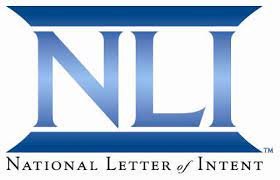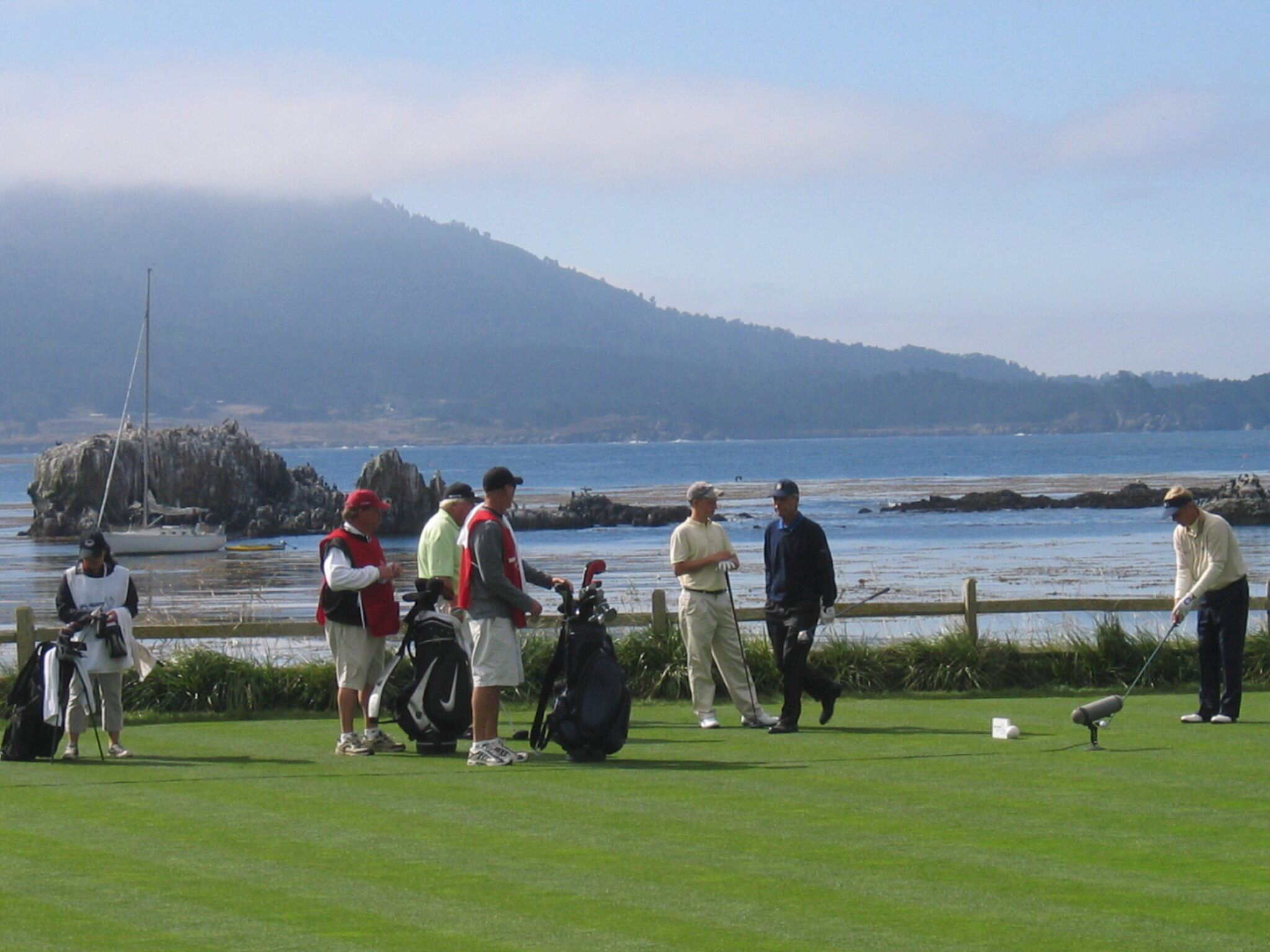The second Wednesday in November is always a special day for high school seniors, many prospective student-athletes, and families across the globe.
This day signifies the opening of the National Letter of Intent (NLI) signing window and the first-day high school seniors can sign the NLI for college golf. Most of the top nationally-ranked junior players sign an NLI very early during the signing period.
Typically, these student-athletes have made verbal commitments to coaches anywhere from six months to a year prior to signing.
National Letter of Intent
With the current NCAA rules and legislation, prospective collegiate golfers can sign the NLI anytime between the 2nd Wednesday in November until August 1st before they enroll at a college or university.
What is the NLI?
The National Letter of Intent is a legally binding agreement between a prospective student-athlete and an NLI member institution. D1 & D2 athletes typically sign the NLI to formally STOP the recruiting process with other schools. D3 & NAIA schools do NOT sign the NLI, instead, they sign a “celebratory form,” which is non-binding. It’s also important to remember that the NLI is a one-year agreement and most scholarships will be renewed year-after-year.
What you need to know about signing the NLI…
Only High School Seniors sign the NLI
The NLI Signing Period is a “window” that begins on the 2nd Wednesday in November and stays open through August 1 of the following summer
NLI is a legal, binding 1yr agreement between the SCHOOL and the player, not a Coach and player
Only D1&D2 athletes receiving athletic scholarship will sign the NLI
Walk-ons & non-scholarship athletes will NOT sign the NLI
D3 athletes will NOT sign the NLI, instead they sign what’s called a “celebratory form”
Players have 7 days after receipt to sign the NLI
Players need to be registered (not certified) with the NCAA Eligibility Center before signing the NLI
Signing the NLI will officially “stop” your recruiting process
Interestingly enough, once the top prospects sign their NLI each year, a “domino effect” begins when other schools, who may have missed out on securing their top prospects, will offer the remaining uncommitted players, creating new recruiting opportunities for players who have yet to commit.
For this reason, it’s important to stay patient during the recruiting process and ultimately select the best-fit school, rather than rushing into a decision. Remember, choosing the right school is one of the most important decisions you will make in your life and it will have a significant impact on your future. Be patient, make informed decisions, and choose the school that best-fits your goals and priorities and one where you are confident that you can succeed both athletically and academically.
Hear what College Coaches are saying…
For our program at North Georgia, the NLI allows us to have the security and satisfaction of securing a student-athlete, many of which we have spent a great deal of time recruiting. The process, although extended now, allows us at the D2 level to find any prospects that may be “late bloomers” or “falling through the cracks” and haven’t committed. After we sign who we target, we turn our focus to future classes. Signing the NLI early allows us to develop closer relationships with the guys we’ve signed. Coach Bryson Worley, North Georgia (D2), Head Coach
Signing an NLI is a major accomplishment for any athlete and should be celebrated. It’s exciting for both the player and the school on what lies ahead. The NLI marks the start of a new level of competition, hard work and dedication for an athlete. It is a reward for the success already achieved and the promise of what’s to come. Coach Carter Cheves, James Madison University (D1), Head Coach
Overall, our process at Furman officially closes the book on the incoming recruiting class. As Coaches, we can then move on to recruit the next graduating class. However, the transitional process to recruit the next class typically begins when we receive our last verbal commitment for the prior recruiting class. At Furman, we take our verbal commitments extremely seriously and the student-athletes we recruit operate that way as well, but the NLI signing day does take that necessary next step in the commitment between a school and an athlete. More than anything, it is a day to celebrate the incoming players for that recruiting class and publicly welcome them to your program. It’s a memorable day in the process for coaches and students. Coach Matt Davidson, Furman University (D1), Head Coach
For us, the NLI is relatively new only having athletic scholarships for the past three years. Signing the NLI has been a game-changer for the Eckerd program. Having signed players brings better players to the program. I’ve lost too many players over the years because of lack of scholarship and have relied on walk-ons for so many years with random results. Coach Bill Buttner, Eckerd College (D2), Head Coach
Contact us if you would like us to provide an assessment on your current situation or qualified advice regarding commitments and NLI signings in college golf.
Many thanks for reading,
Mike
Michael J. Smith
Founder, ForeCollegeGolf
Mike Smith is the founder of ForeCollegeGolf, a college placement and recruiting business where he applies his background in competitive golf and recruiting education to help educate players, their families, and coaches about the college recruiting process.
If you have any questions about the article above, any feedback, an article idea you would like to provide; you can find me at mike.smith@forecollegegolf.com or www.ForeCollegeGolf.com.











